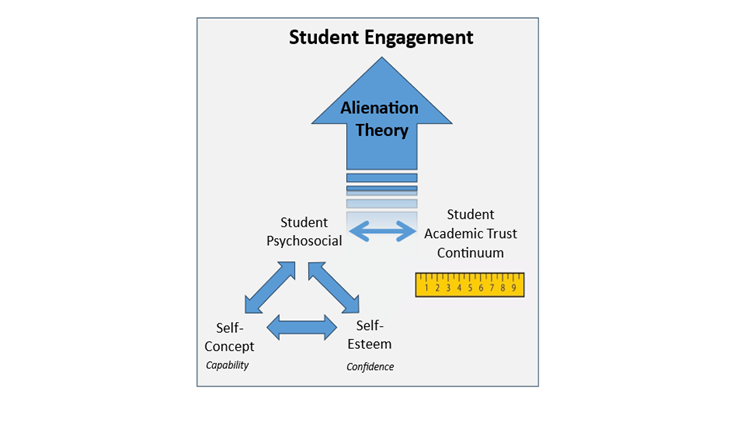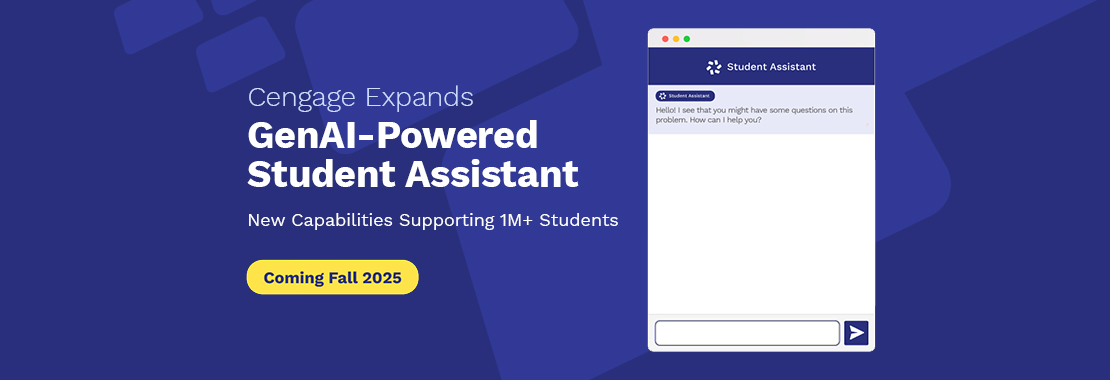Let me tell you something no one wants to admit: content is boring.
There. I said it.
It’s not that the ideas themselves aren’t important—it’s that we’ve turned teaching into a conveyor belt of information. Slide decks. Learning objectives. Case summaries. I did it for years, starting every session with the clean, structured logic of “what we’re going to cover today.” And every time, I could feel it: the emotional temperature of the room dropping by a degree with each bullet point.
Then one day, I threw it all out. I walked into my classroom and started with a question I didn’t know the answer to.
“Why do organizations love change, but hate their changemakers?”
The room blinked back at me. One student tilted their head. Another smiled. Someone raised an eyebrow. Then: silence.
And in that silence?
Engagement.
The Paradox Effect
That one question—unresolved, unanswerable, alive—did more to wake up my students than any HBR case ever had.
It turns out, paradoxes are rocket fuel for learning. They don’t just activate the intellect—they ignite curiosity. They create a space where both students and teachers can explore, not just explain. In The Art of Change, I call this the Paradoxical Mindset Cycle—an approach that doesn’t resolve contradiction, but uses it as an engine for insight.
Since then, I’ve started every class not with content, but with creative tension.
What I Do Now (and What I Don’t)
Let me make it clear—I still teach frameworks. I still assign readings. But I don’t start there anymore. I start here:
Step 1: Open with a real-word paradox
Something messy. Something provocative. Something I’m still trying to figure out myself. Examples I’ve used:
- “Why do purpose-driven companies become bureaucracy-driven over time?”
- “Why does the most insightful person in the room often go unheard?”
- “Why do so many change initiatives begin with restructuring, even though we know it rarely works?”
The key? I never position the question as rhetorical. I treat it as alive.
Because it is.
Step 2: Set a timer and go dark
I put students in pairs and give them five minutes. No note-taking. No Googling. Just dialogue. It feels more like a café than a classroom. And something remarkable happens: they stop performing and start reflecting.
Step 3: We build a paradox map
Each group shares both sides of the paradox: Why we crave change. Why we kill it. I scribble the responses on the board—no sorting, no filtering. It looks chaotic. It’s supposed to.
Then I ask: “Where does this show up in your own experience?”
And that’s when it gets real. One student shares how their great idea for a campus project got stuck in endless approvals. Another talks about how their student club started strong but lost its energy as it grew.
Suddenly the paradox isn’t academic—it’s personal.
Step 4: Now we bring in the tools
Only after we’ve felt the tension do I introduce the day’s reading, model, or theory. It’s not the main event—it’s a flashlight. A way to examine the paradox from a new angle.
Frameworks become lenses, not gospels.
Step 5: End unresolved
I used to close class with “key takeaways.” Now, I end with a twist. I return to the paradox and ask: “What questions are you leaving with?”
This shift—from resolution to reflection—keeps the learning alive after the session ends.
Here’s What Happened
1. Students leaned in, not back
When we start with answers, students tune out. When we start with paradoxes, they lean in. They stop thinking, What does the professor want? and start wondering, What do I think?
2. The quiet voices spoke first
Here’s the weird part: when I started with content, only the confident students talked. But when I started with tension, the quieter students jumped in—maybe because no one had the answer yet, so there was no hierarchy of certainty.
3. I stopped pretending to know everything
This was harder than I expected. I’m a professor—I like having answers. But paradoxes humbled me. They reminded me that real learning is co-created. I had to model curiosity, not certainty. Vulnerability became my pedagogy.
What Surprised Me
Here’s the counterintuitive part: less structure created more rigor.
We didn’t just cover content—we interrogated it. Students asked sharper questions. They challenged assumptions. They made the frameworks work for them, not the other way around.
One of my BBAs said it best: “You didn’t just teach me models. You taught me how to think about things that don’t have easy answers.”
Isn’t that the point?
What Didn’t Work (and Why)
Let’s be real—this approach has a learning curve. Here’s what I learned the hard way:
Bad paradox = bad discussion
- If the question is too vague or too clever, students freeze. The best paradoxes are rooted in lived tension, not philosophical abstraction.
You still need scaffolding
- Don’t confuse openness with chaos. I learned to provide anchor points—definitions, boundaries, reflection prompts—so students don’t drift.
Sometimes they want the damn answer
- And that’s okay. After exploring the paradox, I now say, “Here’s one way to look at it.” That shift—one way—keeps the door open.
Try This in Your Class Tomorrow
If you want to test this out without overhauling your syllabus, here’s a quick plug-and-play format:
- Choose a paradox related to your next topic. Make it messy.
- Write it on the board as the only thing visible when students walk in.
- Have students pair up and discuss both sides for five minutes.
- Map responses publicly—no editing.
- Introduce the content as a way to explore the tension, not solve it.
- End with a return question: “What’s still unresolved?”
Some of My Favorite Classroom Paradoxes
| Themes | Paradoxes |
| Innovation | Why do we ask for disruption—but build systems to resist it? |
| Leadership | Why does empowering people sometimes make them feel abandoned? |
| Teams | Why do diverse teams perform better—and struggle more? |
| Ethics | Why do people follow rules that conflict with their values? |
| Strategy | Why does clear direction often limit flexibility? |
Why This Matters (Now More Than Ever)
We live in an era defined by contradiction. Our students don’t need tidy formulas—they need tools to think through tension. That’s what the paradox-first approach cultivates. It’s not just pedagogy—it’s preparation for a world that’s never either/or.
I’ve found that the classroom is the perfect place to start. Not by offering answers—but by daring to ask the better questions.
It’s Not a Trick Question
When I walk into class now, I don’t open with a takeaway—I open with a paradox. I don’t know how it’ll go. That’s the point.
Because the moment we stop starting with certainty is the moment students start showing up with possibility.
Jeff DeGraff is Clinical Professor of Management and Organizations at the Ross School of Business, University of Michigan, and co-author of The Art of Change: Transforming Paradoxes into Breakthroughs.











